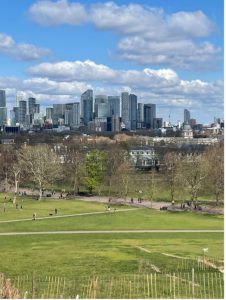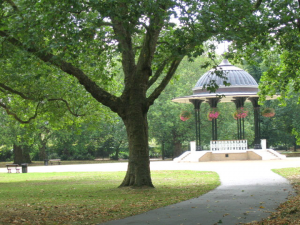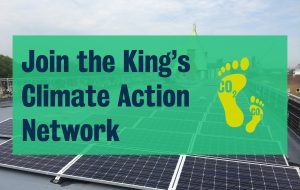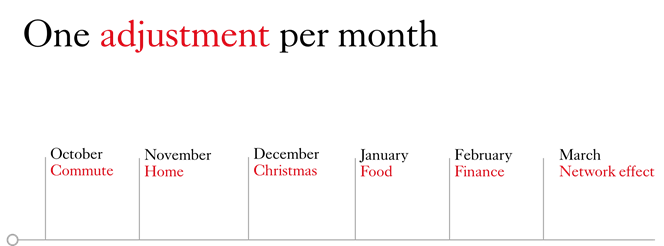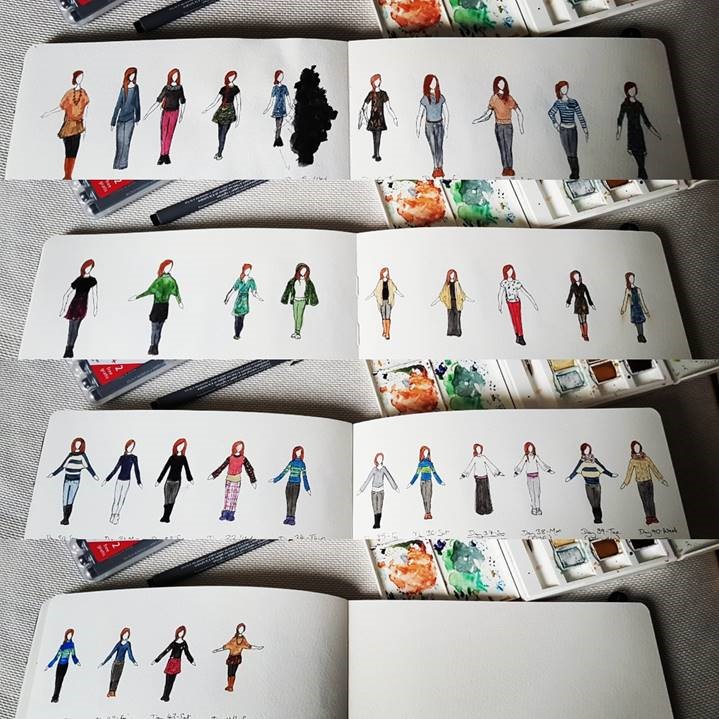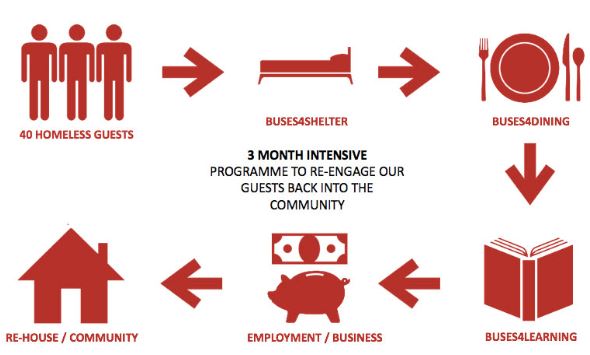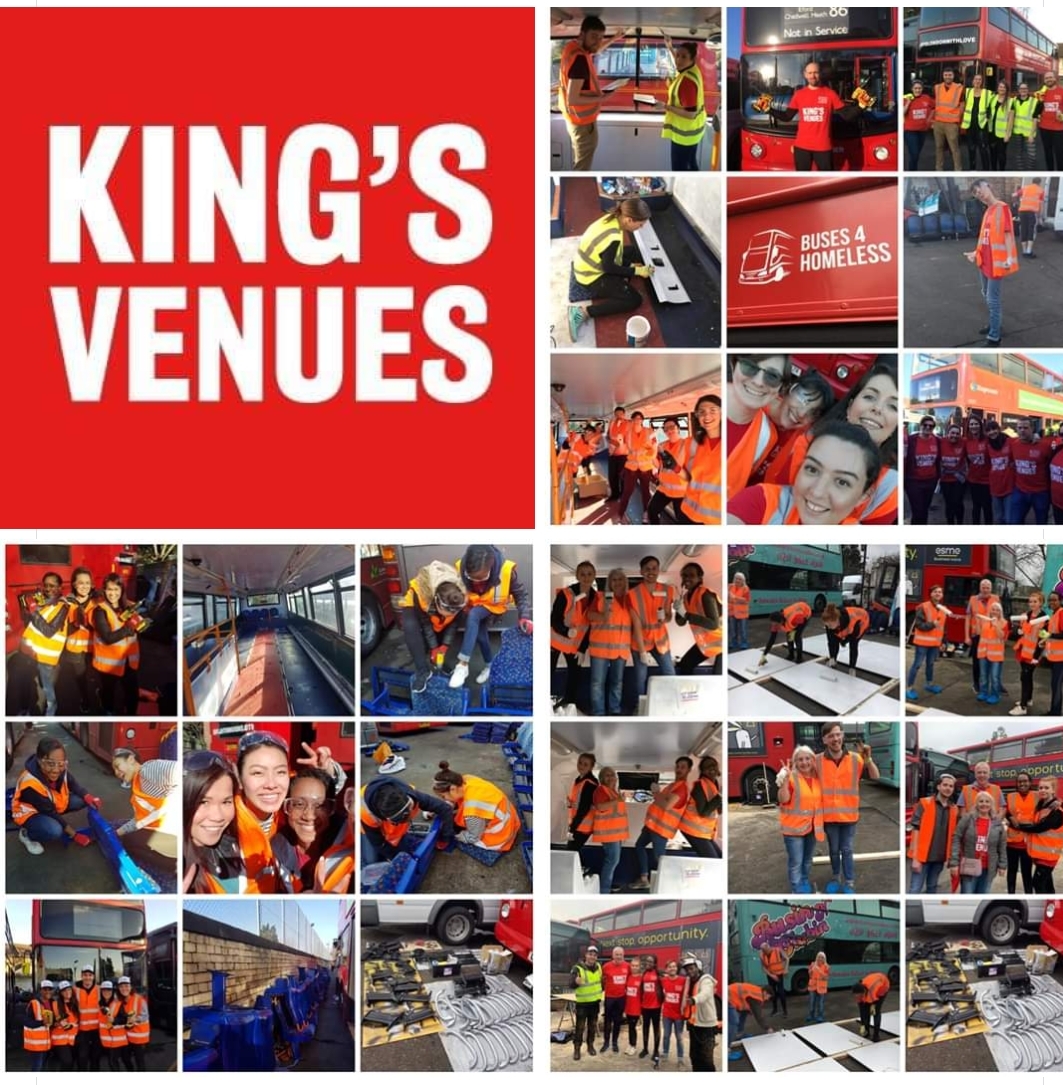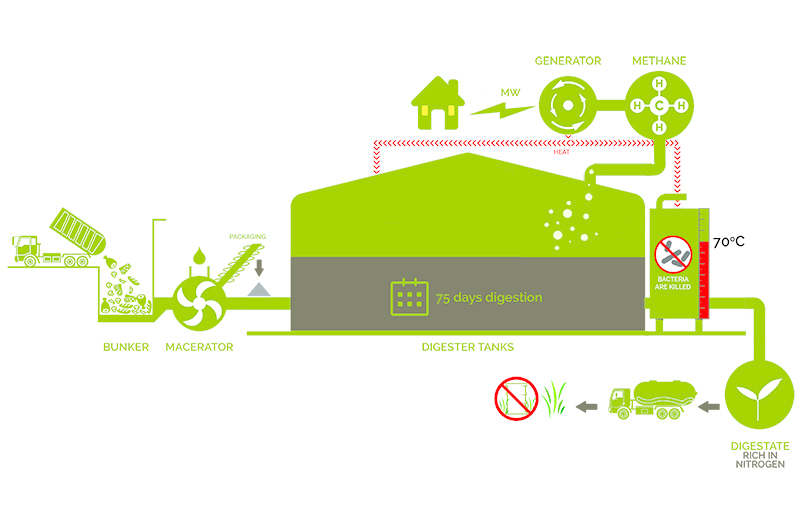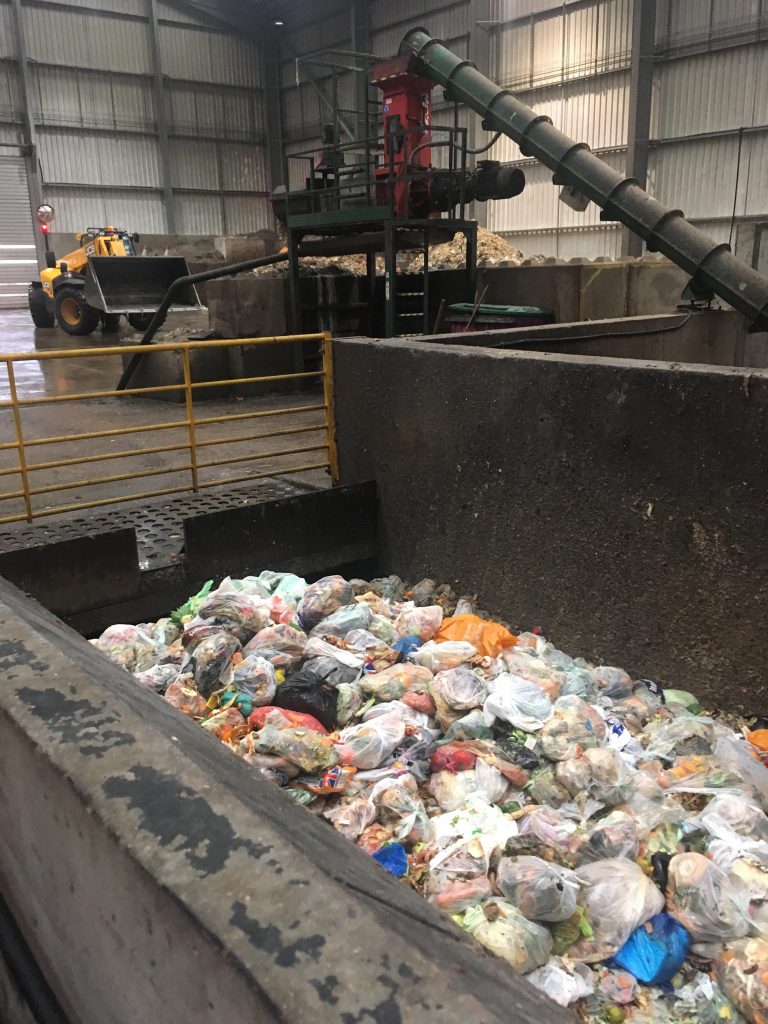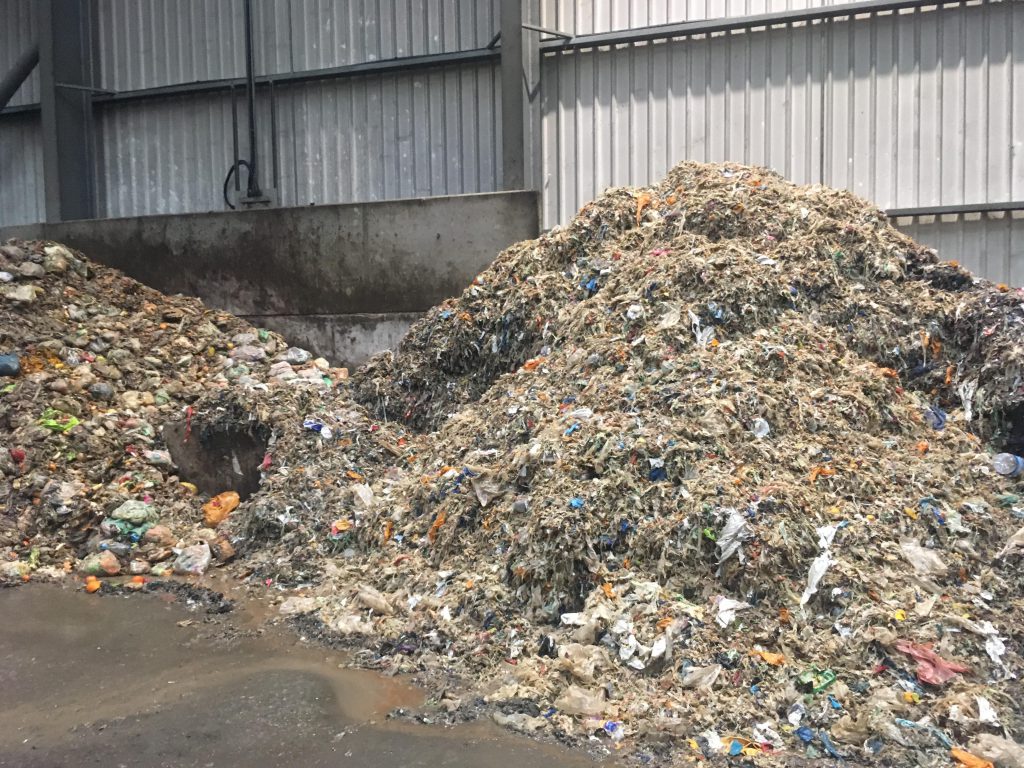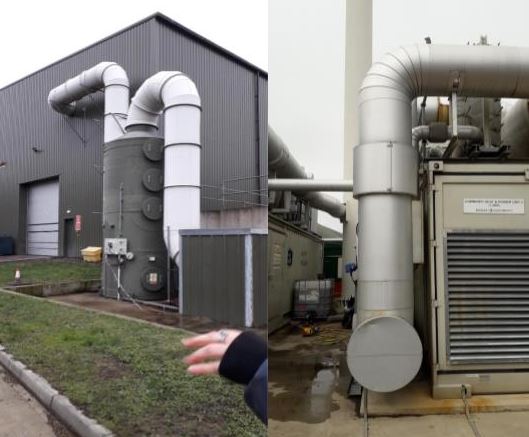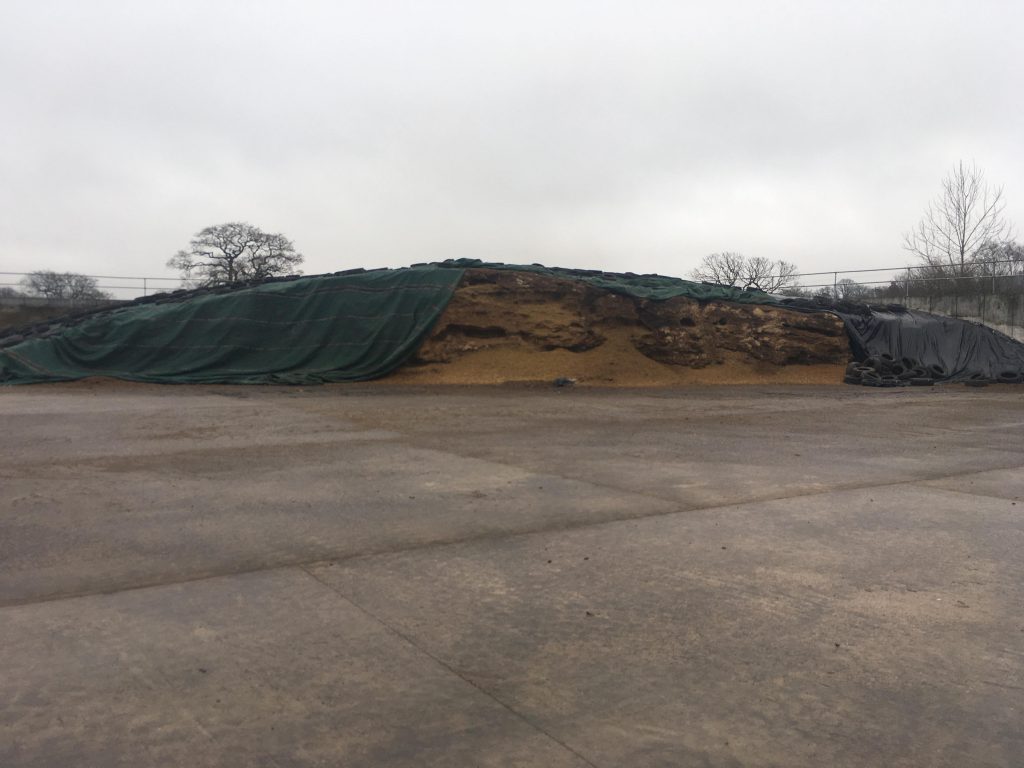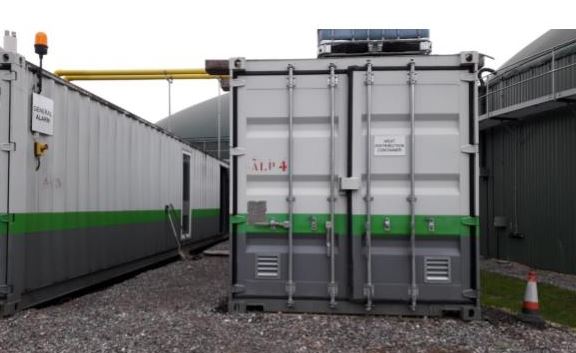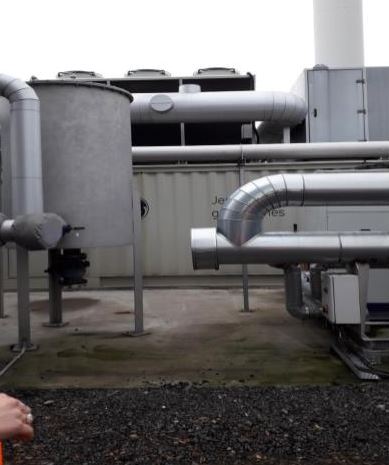This blog comes from Bethan Spacey, Sustainability Engagement Assistant and BA English student.
What is Plastic Free July?
Plastic Free July is an initiative that was set up in 2011 by the Plastic Free Foundation. They aim to help people globally take action on plastic pollution by encouraging them to refuse single-use plastic and reduce general plastic consumption. The movement has inspired the participation of approximately 326 million people in 177 countries. As a campaign, Plastic Free July takes a multifaceted approach, giving tips on plastic reduction and elimination in multiple sectors, such as personal life, work, schools, events, businesses, communities and local governments. Their ethos highlights the necessity of small acts amounting to a big difference and inclusivity of people, ideas, vision and approaches.
Plastic Free July is solution-focused. The website hosts practical tips in various areas of life to eradicate single-use plastic. You can also ‘take the challenge’ via their website, which means pledging to give Plastic Free July a go. Their website gives the option to participate for one day, one week, for all of July, or from now on.
Why is it important?
Reducing or eliminating your plastic consumption is more important now than ever with a burgeoning climate and ecological crisis. Current estimates approximate 8 million pieces of plastic to be entering our oceans every day. This plastic threatens diversity in endangering all marine life, causes contamination within food chains, and jeopardizes the future of our existence, with the oceans giving us 50-80% of our oxygen.
At current rates, the world produces 381 million tonnes of plastic waste every year – a figure that is expected to double by 2034. That is more than the weight of the entire human population, which stands at roughly 316 million tonnes. This is a terrifying statistic and visual – we will soon, quite literally, be swimming in our own waste. What’s more, 50% of this plastic is single-use, and only 9% of it is recycled. We are in a cycle that we cannot sustain – that the earth cannot sustain – so our work is cut out for us.
What can I do to reduce my plastic usage?
To answer this, we can borrow from the Plastic Free July campaign and its sections: personal life, work, schools, events, businesses, communities and local governments. There are many ways you can reduce your plastic and many areas in your life in which you can have this objective. Sometimes, starting small with your personal life is the easiest. Here are ten tips to reduce your plastic:
- Buy foods in bulk or visit zero-waste stores with refillable containers
- Opt for plastic-free fruits and vegetables where possible
- Take reusable crockery with keep cups, bottles, metal straws, etc.
- Switch out your single-use toiletries for sustainable alternatives e.g.cotton pads, cotton buds, wet wipes, etc.
- Take reusable shopping bags
- Check the ingredients in your gum! Many chewing gums include a type of plastic (synthetic rubber)
- Reuse containers, e.g. refilling shampoo bottles, keeping takeaway containers, keeping old jars to put things in, etc.
- Switch out plastic kitchen items like cupcake cases, cellophane and sponges for a sustainable alternative
- Check what your cosmetics packaging is made from (some brands also have schemes where you can send bottles/packaging back to be reused)
- Reduce some plastic usage second-hand; get your friends and family involved. Share the knowledge!
It is also worth mentioning that we need lots of people doing this imperfectly instead of a few doing it perfectly. There is power in numbers and acknowledging the agency we have in making the world a better place is both empowering and key to creating change.
What is King’s doing to reduce their plastic usage?
Whilst personal behaviour and action are important, institutional change is pivotal in achieving our goal. King’s as an institution acknowledges this and is taking crucial steps to support this goal. King’s has several recycling and waste-reducing initiatives. As you may be aware, if you are reading this blog, King’s has an entire Sustainability Team dedicated to goals such as these. At King’s, we aim to recycle 70% of our waste. We achieve this in an abundance of ways. One of these ways is through our WarpIt scheme. Warp-It is an online sharing platform for used materials/goods, which can then be posted and claimed by King’s staff. Items included are IT equipment, furniture, lab materials, and plenty more.
Another way is through addressing plastic usage in our laboratories. King’s is legally and financially obligated to implement the waste hierarchy: to reduce the university’s environmental impact, ensure legal compliance and minimise waste disposal costs. This includes all waste from labs. King’s labs are assessed through the accredited Laboratory Efficiency Assessment Framework (LEAF), and we have many Sustainability Champions working within our labs.
In addition to this, King’s Sustainability Team organizes the Climate Action Network (King’s CAN): a notable plastic-related sub-group in this is the group focused on procurement and waste. We also have a number of Sustainability Champion Assistants working in respective departments to tackle these sustainability-related issues on a faculty level. And finally, there are many inspiring individuals across King’s involved in sustainability through students societies and groups. You can find out more about this by checking out some of our ‘Sustainability Stories’ on the blog or some of our Weekly Spotlights on Instagram.
Click here to find out more about what King’s is doing.


 .
. 
